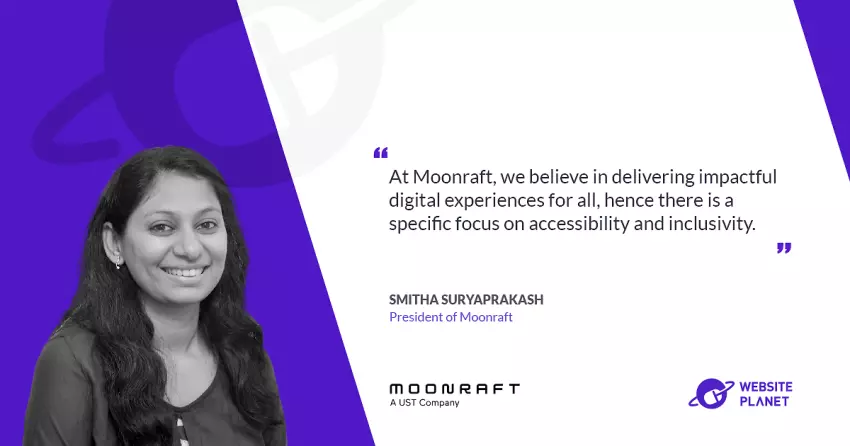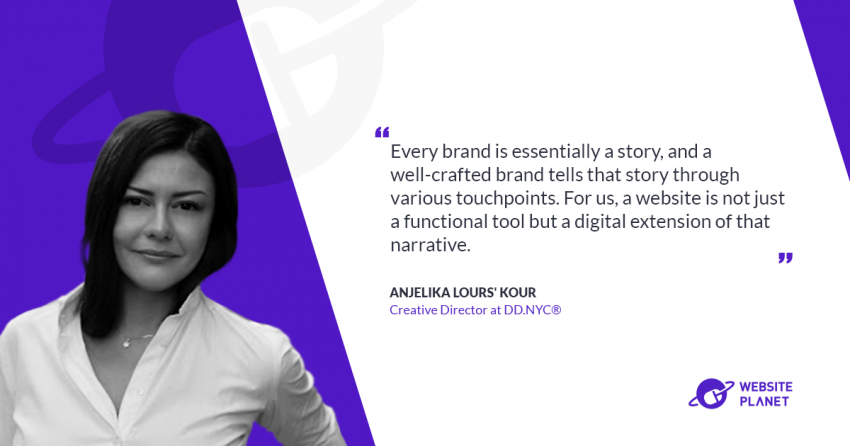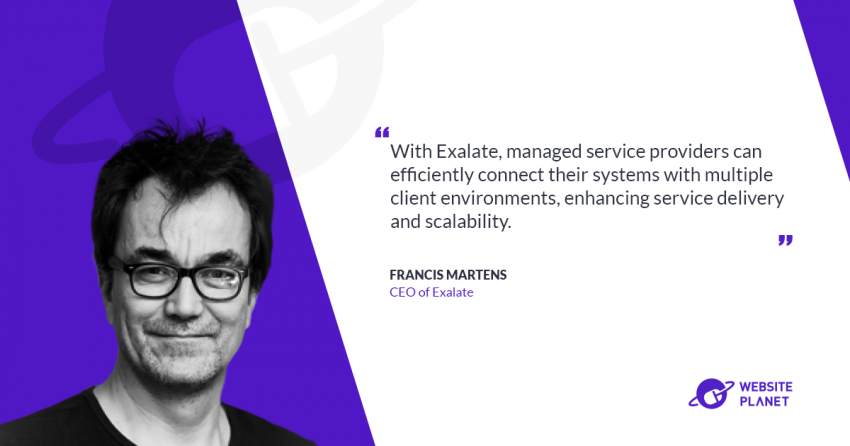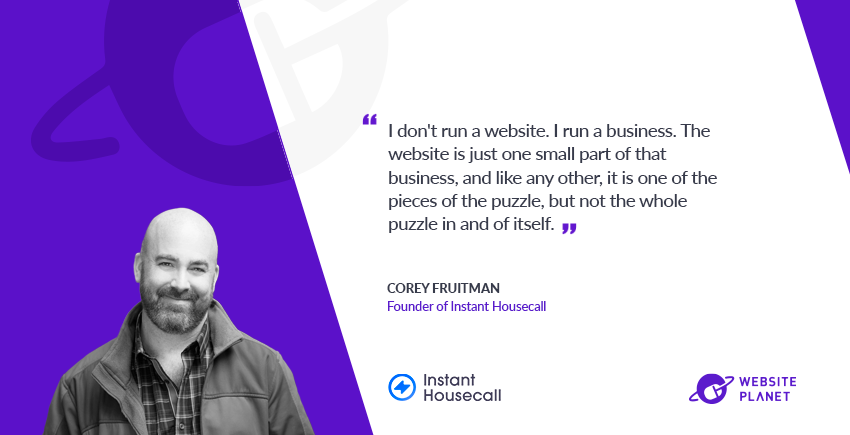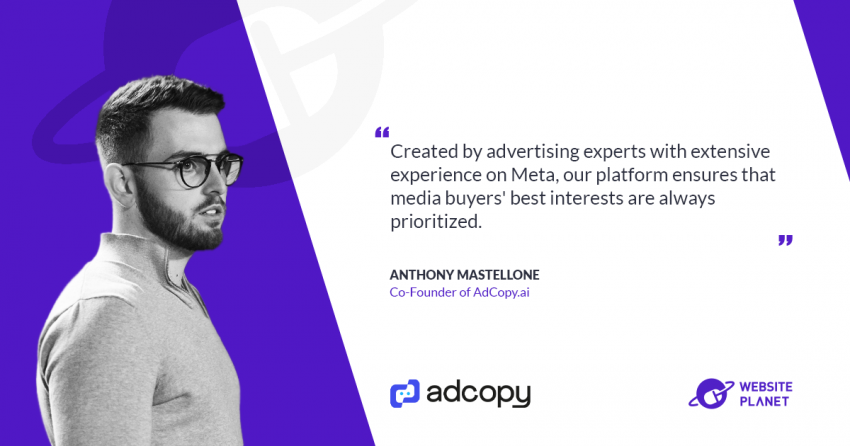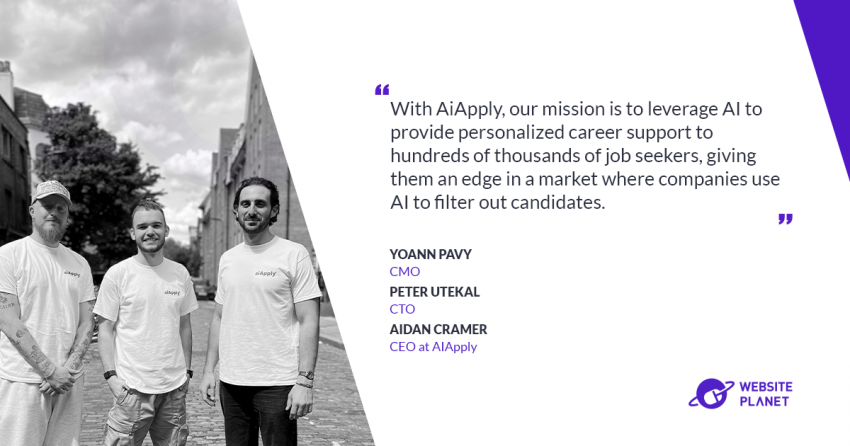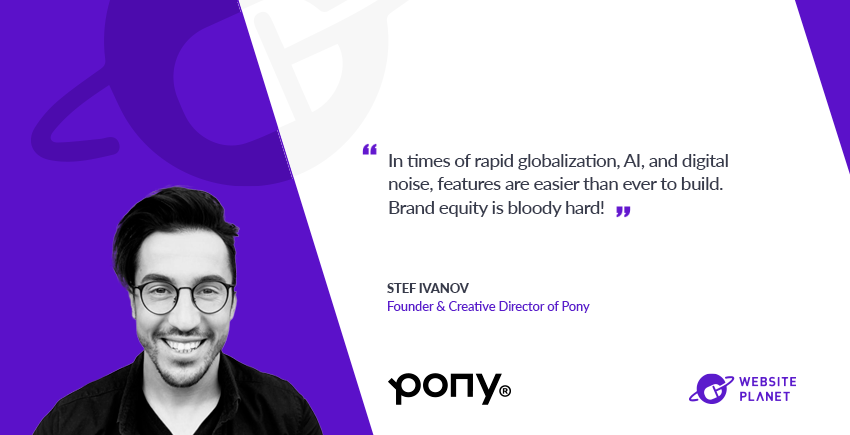How does Moonraft ally art, design, and technology in its projects?
Before responding to your question, we need to understand what we mean by design, art and technology and how we imbibe that in Moonraft. Design, to us, is all about creating new meanings, while art is about self-expression and emotive appeal. At Moonraft, we bring these two creative disciplines together and operate at their intersection with business and technology, which drives business innovations with differentiating customer experience. Working at the intersection of these 3 disciplines also helps us look at problems from a different lens, to go beyond the stated, and be at the cutting edge of possibilities to ensure that we have the most creative response to the problem. In practice we enable this by bringing together multi-disciplinary teams at the start of any engagement. Typically these include user researchers, design strategists, tech strategists, business/domain consultants, as well as marketing folks. What this does it that right from the start we are able to gauge the possibilities and restrictions of any engagement, viewed from multiple angles. Such multi-faceted view points also brings in a systems thinking approach which addresses problems in the larger context and drives greater successThe clients that look for your solutions are ready to experience radical transformation or is it always a process to convince them?
I would say that it is a mix of both and it depends on multiple factors like industry vertical, geography, growth stage of a company etc. We’ve had clients who had very good design maturity and were very clear in what they needed from our engagement. Such clients typically are easier to work with since they understand and appreciate the value that good design & digital experience brings to the overall business in this digital age. They are willing to bring in design & experience at the beginning of their digital transformation journey, and that is precisely when we can do the maximum amount of magic. There are other clients, who typically by virtue of the industry they operate in or the geographical location, tend to put less importance on digital experience. For such clients we need to educate them on the value brought in by our services and how businesses who incorporate design in their processes benefit from a business standpoint. Having said that, with the increased proliferation of digital and the general awareness about good digital experiences, we see lesser clients who need education but rather want to see the value that we bring to their specific context. This is where we typically come up with Point of Views (PoV) or Proof of Concepts (PoC) to give them a glimpse of our thought process and the value we can bring in, and that ends up as the game changerCan you share with us some examples of the next-level digital experiences you created?
While we have quite a few to talk about, here are a couple which are pretty special We recently worked with a leading global food and agri-business company to design an application that encourages users to live a greener and more carbon-conscious lifestyle. This solution aims to address the pressing global climate crisis by focusing on gradual, micro-level changes that users can follow to measure and mitigate the individual carbon impact of daily activities. We wanted to create a digital offering that drove behavioral change toward a more carbon-neutral society through gamification, timely nudges and measurable actions.Another interesting example would be the work that we did for a leading hospitality chain, where we revamped their entire digital experience to address the changing behaviour of digital travellers. The new experience focused on addressing the self service needs of the users by easy to use and intuitive browsing and booking flows while ensuring the richness of content expected from a luxury hospitality chain. This enabled a multi-fold increase in the digital bookings of their properties in addition to a much improved browsing experience.
What should companies look after when creating a digital presence that is meaningful and client-driven? The proliferation of multiple digital apps in the life of a consumer has made it imperative for brands to have a digital presence that is meaningful, impactful and convenient. Good design has become hygiene, it’s only great design that can make a brand stand apart in this cluttered landscape. And by great design, I mean that a brand’s digital experience should be available at the channel of choice and be intuitive enough to get the task done with least amount of friction. In order to do that, brands need to be able to step into the shoes of the consumer and experience his journey and his pain points. It has to be all about the user.
